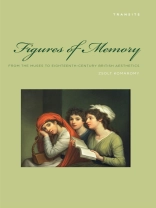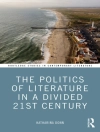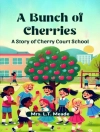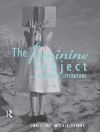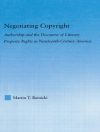Zsolt Komromy’s Figures of Memory: From the Muses to Eighteenth-Century British Aesthetics effects a rapprochement between memory studies and eighteenth-century British aesthetics. It argues that the assessment of memory in the history of aesthetics and criticism has been determined by the ideological import of the creative imagination, based on the dichotomies of imitative versus creative or reproductive versus productive mental and artistic procedures. The legacy of such an oppo...
Zsolt Komromy’s Figures of Memory: From the Muses to Eighteenth-Century British Aesthetics effects a rapprochement between memory studies and eighteenth-century British aesthetics. It argues that the assessment of memory in the history of aesthetics and criticism has been determined by the ideological import of the creative imagination, based on the dichotomies of imitative versus creative or reproductive versus productive mental and artistic procedures. The legacy of such an opposition can still be felt in the way the literary relevance of memory is based on either viewing it as a representational (reproductive, imitative) power that is a counterterm to the creative sense of the imagination, or as a constructive (productive, creative) power that is assimilated by the creative imagination. The notion of memory, however, harbors problems that unsettle such dichotomies. This book does the timely work of employing insights offered by memory studies in reconsidering memory in the history of aesthetics: it suggests that memory’s literary relevance is explained precisely by the problems that make it resistant to the reproductive-productive opposition. These problems are explored through various ‘;figures’ representing senses of memory, such as the Muses, or metaphors for memory in philosophical and critical discourse. Tracing figures of memory from the Muses through Plato and Descartes to works by Pope, Addison, Gerard and Kames, Komromy reveals an undercurrent of thought in eighteenth-century British aesthetics that questions memory’s nominal opposition to the imagination , and that exploits memory’s simultaneously reproductive and constructive nature in the emerging theory of the imagination. By thus claiming that the tradition of memory’s literary relevance is not marginalized but in fact perpetuated in eighteenth-century British critical thought, Figures of Memory gives a powerful new perspective on the history of memory in aesthetics and criticism.A theoretical work with claims for historical generalization, Figures of Memory will appeal to those interested in the history of aesthetics and criticism, in memory studies, in literary theory, to students of literature and memory, of literature and psychology, and to scholars of the eighteenth century with theoretical interests.
